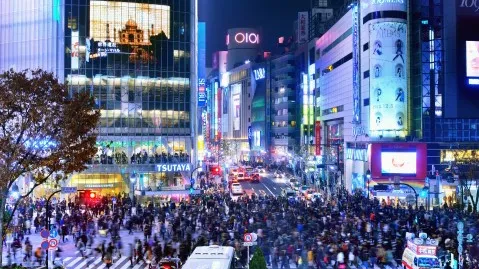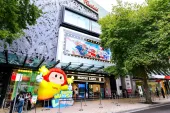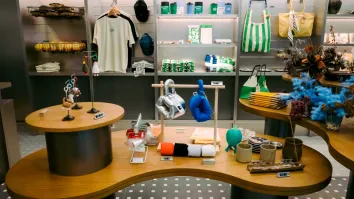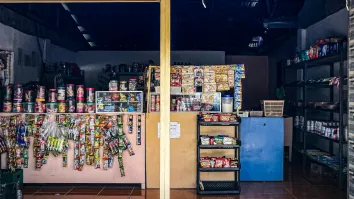
Hong Kong set for rebound in retail activity in April: report
But tourist demand is expected to remain muted in the coming months.
Hong Kong’s retail sector is expected to see a rebound in footfall and dine-in activity as workers begin to return to the office in late April, but a full market recovery remains uncertain in the next few months, according to a report from CBRE.
The latest COVID-19 wave is expected to be contained by the end of Q2, which would help bring footfall and dine-in activity back to growth.
Restrictions on various retail segments are likely to stay for most of the quarter, but most operations could likely resume with vaccine passes by the end of May, the report stated. The rising vaccination rate is also expected to help retail activity in the city regain momentum.
Meanwhile, the pandemic has been growing on the mainland, whilst most other economies have adopted “living with Covid” policies, which could discourage Hong Kong from relaxing its travelling restrictions. This means domestic demand will therefore continue to drive the retail market for the foreseeable future, the report stated.
The government has introduced a rental enforcement moratorium that allows tenants in specific sectors to delay rental payments for up to three months. The distribution of consumption vouchers is also expected to support the sector in the coming months.
However, the challenging business environment means many groups will still be unable to pay rents, and some tenants in these sectors are likely to go out of business as dining-in and entertainment venues are likely to remain somehow restricted in Q2 2022, CBRE said.
“Full retail market recovery will have to rely on inbound tourism growth, which is not expected to return in the next few months. Uncertainties in global investment market outlook and higher interest rates will also translate into weaker wealth effect and dampen demand for discretionary consumption goods,” CBRE said.
Hong Kong's fifth and strongest ever wave of COVID-19 infections dampened leasing sentiment and activity In Q1 2022, with the total number of leasing deals falling by 30% QoQ as business activity was disrupted by the epidemic, the report stated.
Leasing activity slowed across all sectors including food and beverage (F&B) and apparel, which were the main demand drivers in 2021. Only a few local F&B and fast-food chains committed to new leases over the quarter.
Weaker leasing activity also pushed up vacancy by 0.8 ppt to 152% this quarter, the report added. Vacancy in Tsim Sha Tsui rose by 4.3 ppt to 20.3%, the highest amongst core submarkets. Causeway Bay saw vacancy climb by 2.6 ppt to 15.8% as backfill space given up by a luxury brand and a bakery store failed to attract new tenants.
Meanwhile, Mong Kok vacancy edged down by 0.6 ppt although the proportion of short leases increased. Central remained the most resilient submarket, with vacancy falling by -1.3-ppt thanks to the area's diverse trade mix.
CBRE expects retail leasing demand to recover gradually in the latter half of Q2, as downward pressure on rents is likely to persist in Q2 2022 given the high vacancy rate, whilst occupancy will remain fragile due to short-term leases by grocery stores and mask stores, as well as continued pressure on the F&B sector.
“Whilst high-street shop rents are likely to fall further in Q2 2022, they should rebound in H2 2022 once the current wave is contained, ensuring that full-year rents remain largely unchanged,” the report added.



















 Advertise
Advertise





